The cost of IT hardware is rising, as the global market is predicted to reach $174 billion by 2027. Businesses are under increasing pressure to keep up without depleting budgets. Off-leasing IT is an alternative that is cost-effective, offering quality, refurbished equipment at just a fraction of the price of brand new. From servers to laptops, off-lease equipment can save cash, improve flexibility, and suitable for businesses of any size.
This article examines the advantages of leasing off-lease versus purchasing new, with detailed table of differences. It doesn’t matter if you’re a startup looking to stretch funds or an enterprise looking to optimize IT expenditure, off-leasing may alter your approach to procurement.
What is Off-Leasing IT Equipment?
The equipment that is off-lease includes laptops computers, desktops, servers storage devices, and networking devices. They are returned following a lease term usually between 2 and 3 years later, and then repaired and licensed to be resold. Contrary to second-hand consumer equipment Off-lease equipment is typically from companies that have strict maintenance policies, ensuring better quality.
Off-leasing falls within IT Asset Management (ITAM) which bridges the gap between procurement and IT Asset Disposition (ITAD). Certified vendors, who adhere to the standards of R2v3 and e-Stewards, clean data according to NIST 800-88 guidelines, and can restore equipment to a near-new state. It makes equipment on lease an efficient and cost-effective option for companies.
Key Benefits of Off-Leasing IT Equipment
Off-leasing offers strategic benefits that are more than cost. Here are the reasons why it’s an important game-changer.
1. Significant Cost Savings
Off-lease equipment can cost 30-70 percent less than equivalent new equipment. For instance, a $2,000 workstation could cost between $600-$900 off lease. This allows for capital to be used to invest in training, software, or even innovation, making it perfect for small companies or startups that require enterprise-grade technology that is affordable.
2. Flexibility and Scalability
Off-leasing is flexible, in contrast to the long-term commitment of purchasing new. Do you require 50 laptops for an immediate project? Off-lease assets can be obtained quickly and then changed or returned with minimal depreciation costs. This is ideal for dynamic industries like media, technology, and consulting.
3. Environmental Sustainability
Off-leasing prolongs the life of hardware, which reduces the amount of electronic waste. In 2022, the world will see 62 million tons of e-waste generated worldwide, but only 22% will be properly recycled. The off-lease option reduces emissions by as much as 80 percent per device, in comparison to manufacturing that is new and helps to meet ESG goals.
4. High Quality and Reliability
The equipment used for leasing is thoroughly tested and restored according to OEM requirements, including defective components replaced and firmware updated. The warranty (1-3 years) assures the reliability of the equipment, with failure rates of less than 5 percent within the first year and comparable to the new equipment. Brands such as Dell, HP, and Lenovo dominate this segment.
5. Faster Deployment
New equipment can be subject to supply chain delays that can last for months or weeks. Off-lease assets are readily available and allow for rapid set-up for remote projects, disaster recovery as well as urgent work, thus reducing the amount of downtime.
6. Access to Recent Technology
Off-lease does not mean obsolete. Many of the assets are only 3 to 5 years old and offer the latest specifications (e.g., Intel i7 16GB RAM) at a fraction of the cost. A server from 2022 could provide 95 percent of 2025’s performance, making it ideal for a majority of applications.
Comparison: Off-Leasing vs. Buying New
Here’s a detailed comparison of off-leasing versus buying new across key factors.
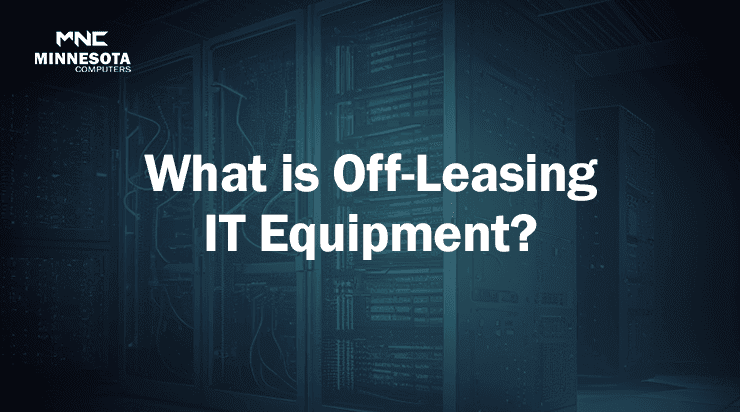

Factor | Off-Leasing IT Equipment | Buying New IT Equipment |
Cost | 30-70% less (e.g., $600-$900 for a $2,000 workstation). | Full retail price (e.g., $2,000 for a workstation). |
Depreciation | Already depreciated, minimal value loss. | 40-60% value loss in 2 years. |
TCO | Lower due to reduced acquisition/disposal costs. | Higher due to upfront costs and maintenance. |
Warranty | 1-3 years, often extendable. | 3-5 years standard. |
Sustainability | Reduces e-waste, 80% lower emissions. | High environmental cost from manufacturing. |
The refurbished IT market, valued at $15.6 billion in 2023, is expected to reach $23.4 billion by 2028, reflecting trust in off-lease quality
Challenges of Off-Leasing and Solutions
Off-leasing could have some drawbacks, but it’s a viable option:
- Perceived Quality: Some think that refurbished products are not reliable. Pick vendors certified by R2v3 and e-Stewards to ensure rigorous testing.
- Warranty length: shorter than a new (1-3 months). Opt to extend warranties, or verified return policies.
- The compatibility of older versions might not be suitable for specific applications. Make sure to work with vendors to meet specifications.
- Data Security: Residual data risks exist. For NIST 800-88 certificates for sanitization, you must ask.
A partnership with reputable companies like Dell Refurbished and ITAD-certified companies guarantees quality and compliance.
Conclusion: Off-Leasing as a Strategic Advantage
Off-leasing IT equipment can provide savings in costs, flexibility and sustainability, without compromising performance. It can save up to 70% by allowing rapid scaling and reducing waste and reducing e-waste, it’s good for the budget and the planet. When compared to buying a new car off-lease provides the same performance, however with less cost and environmental impact as illustrated in the table of comparison.
Explore options for off-lease with certified vendors to enhance your strategy for IT. From startups to enterprises, Off-leasing can lead to smart, sustainable growth.

FAQs
- Is off-lease IT equipment reliable?
Yes, certified refurbishers ensure OEM standards, with failure rates below 5% in year one. - How much can businesses save with off-lease equipment?
30-70% compared to new, depending on asset and vendor. - What certifications ensure off-lease quality?
R2v3, e-Stewards, or NAID AAA for refurbishment and data security. - Is off-leasing suitable for startups?
Yes, it provides affordable, high-quality tech for rapid scaling. - How does off-leasing support sustainability?
It extends hardware life, reducing e-waste and emissions by up to 80%. - Are there risks with off-lease equipment?
Minimal with certified vendors ensuring data sanitization and quality.
Can off-lease equipment handle modern software?
Yes, most 1-3-year-old assets support current applications effectively.

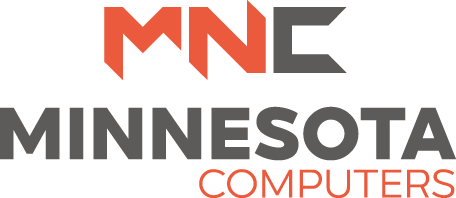
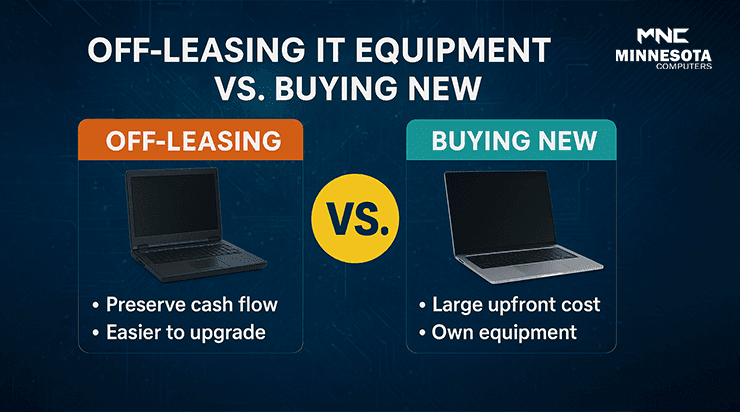
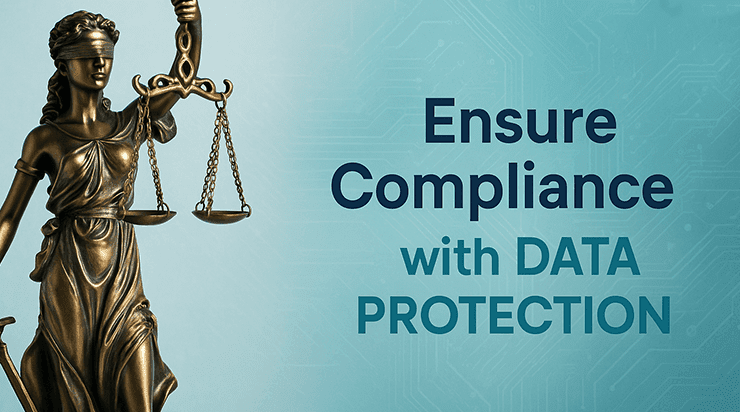
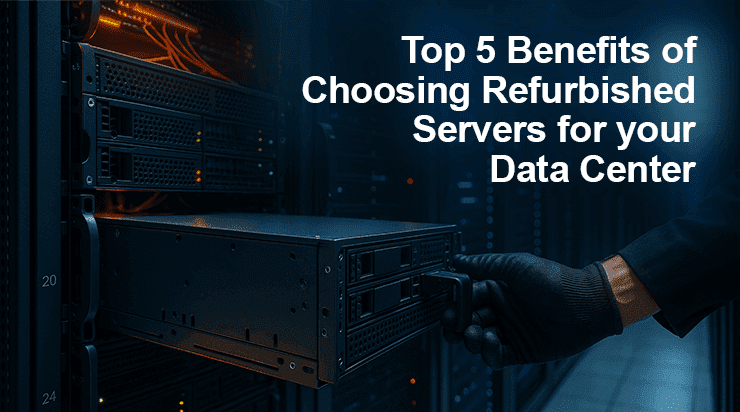
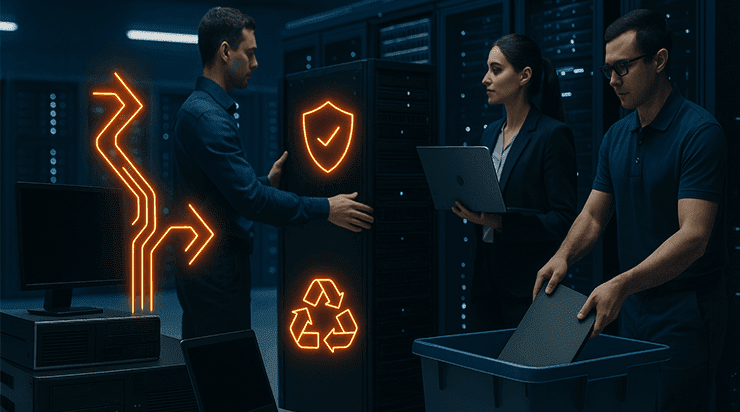
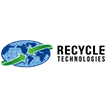



Setting up cybersecurity software early in your business can protect valuable company and customer data. A great place to start is purchasing antivirus software, which guards computers and networks against viruses and other malicious attacks. You may also consider purchasing a business VPN to ensure only authorized users can access your network.